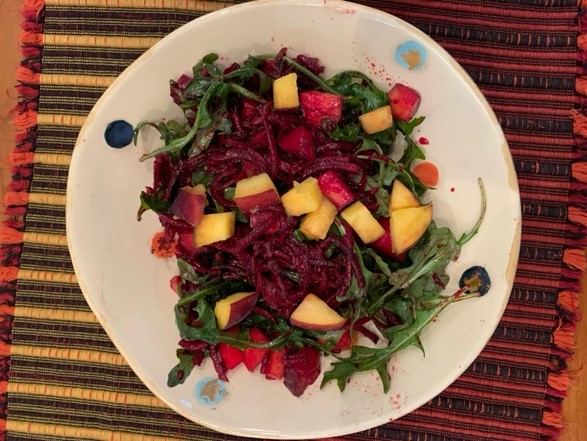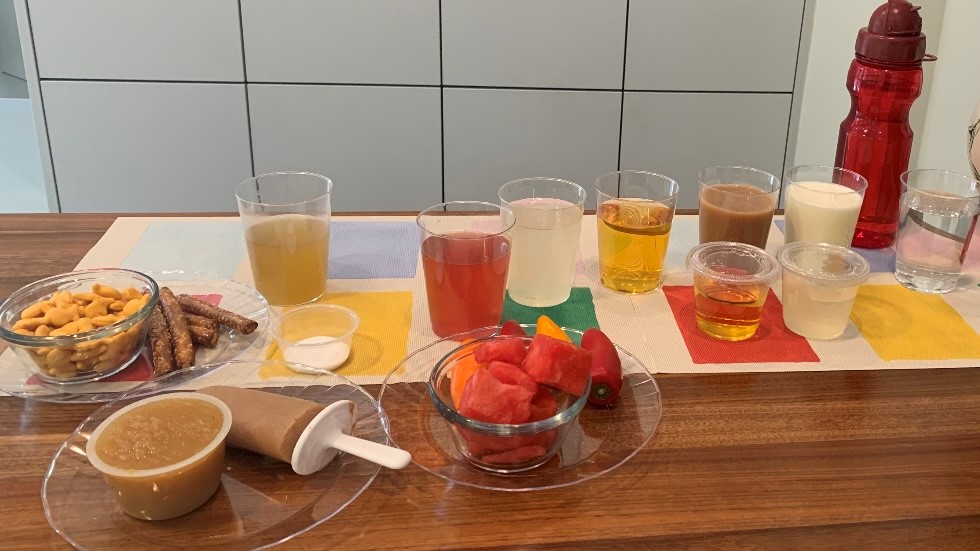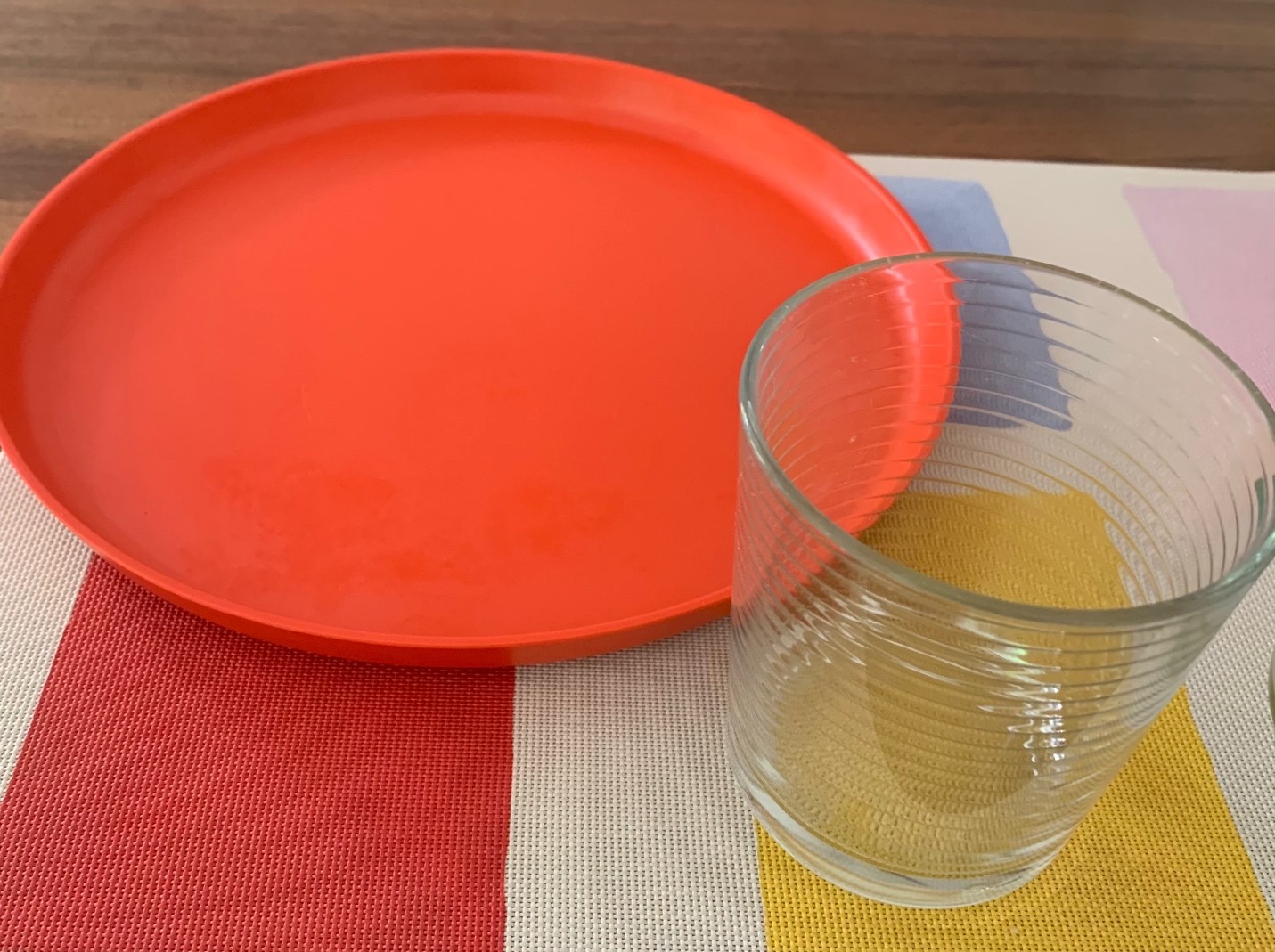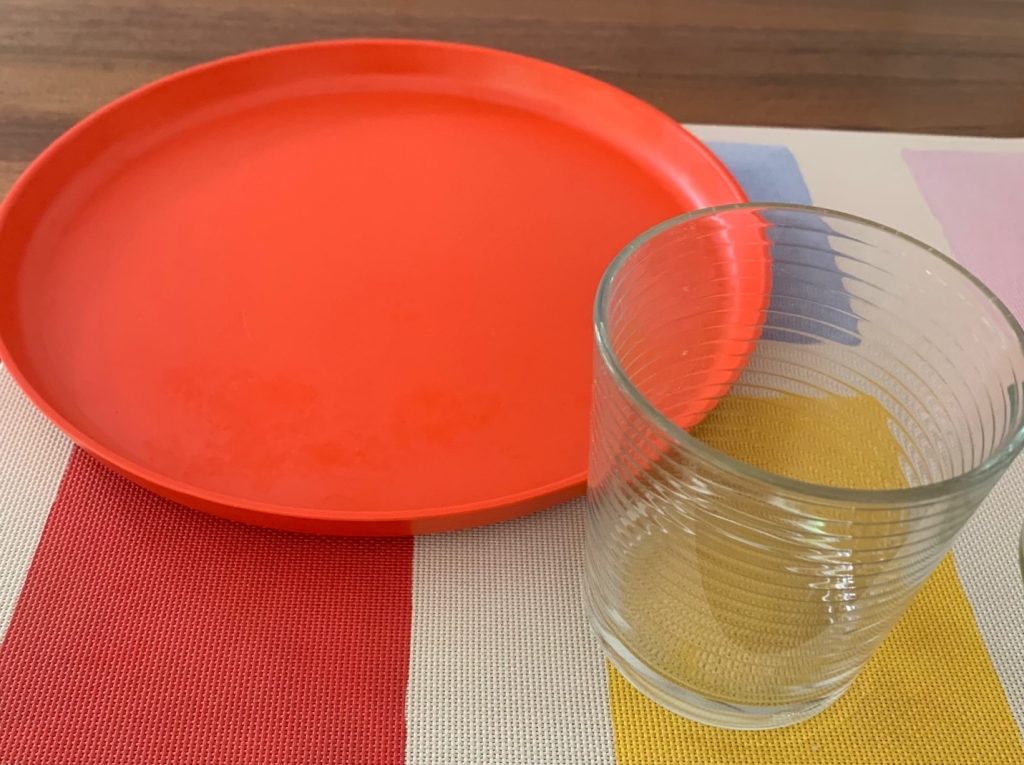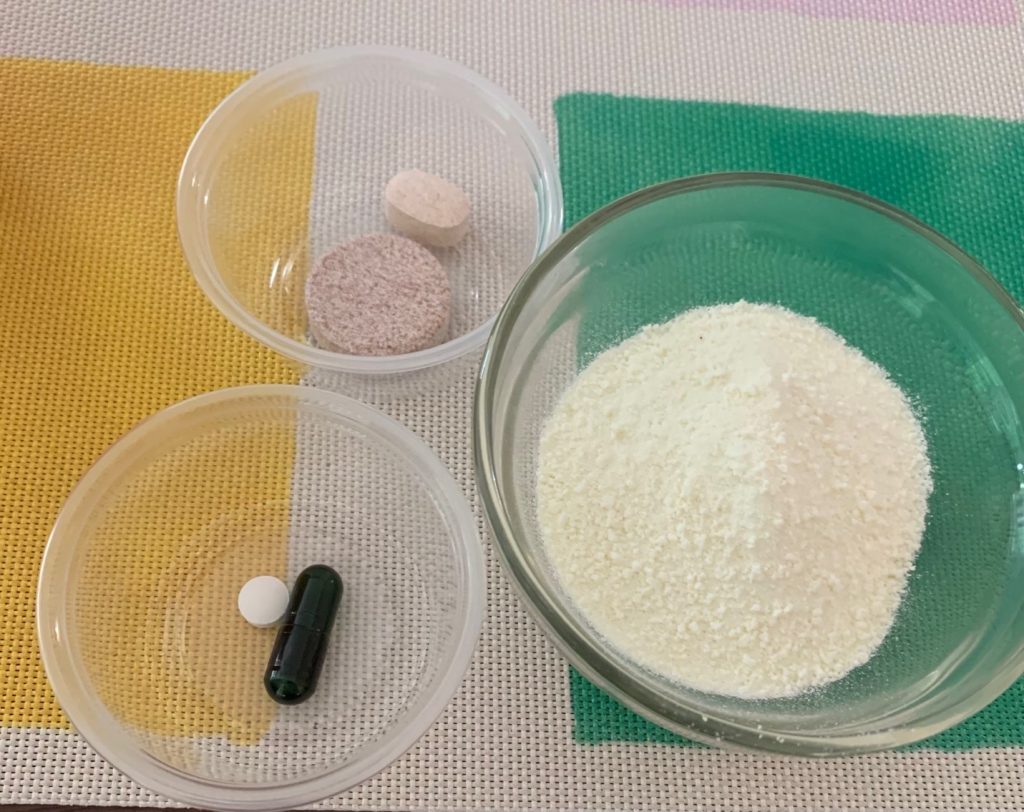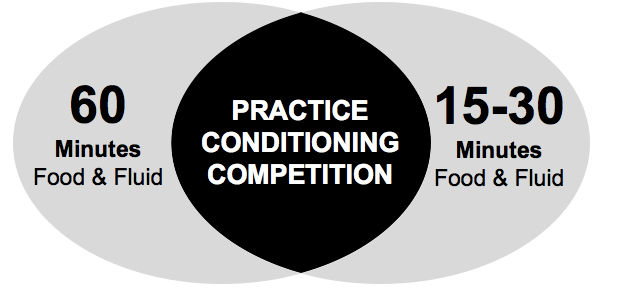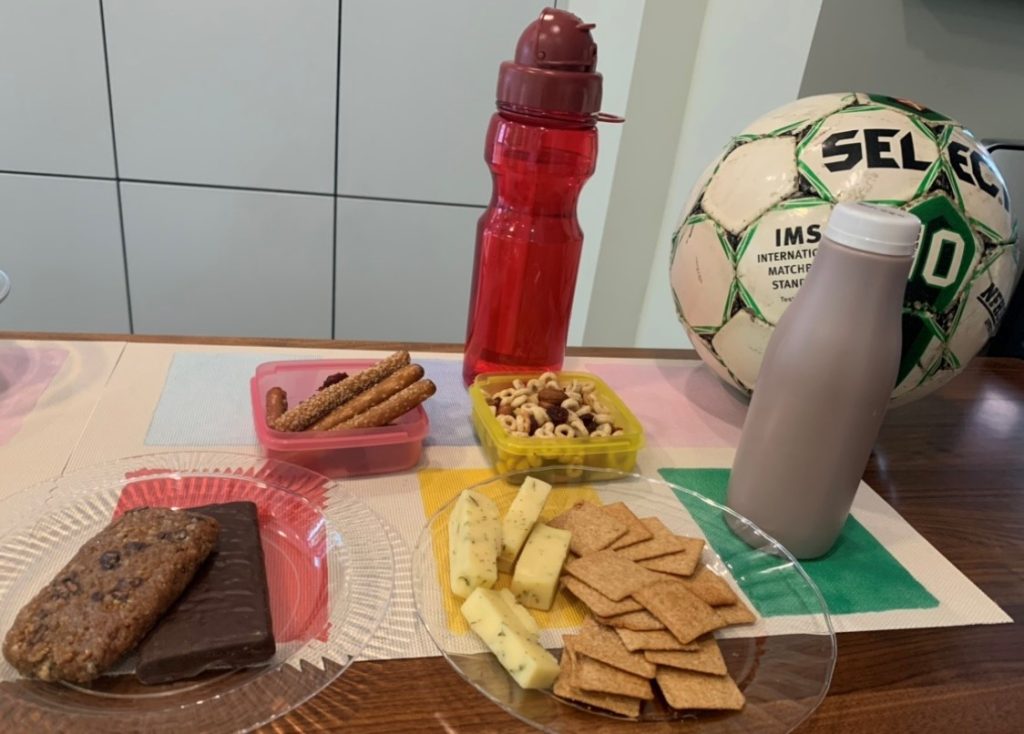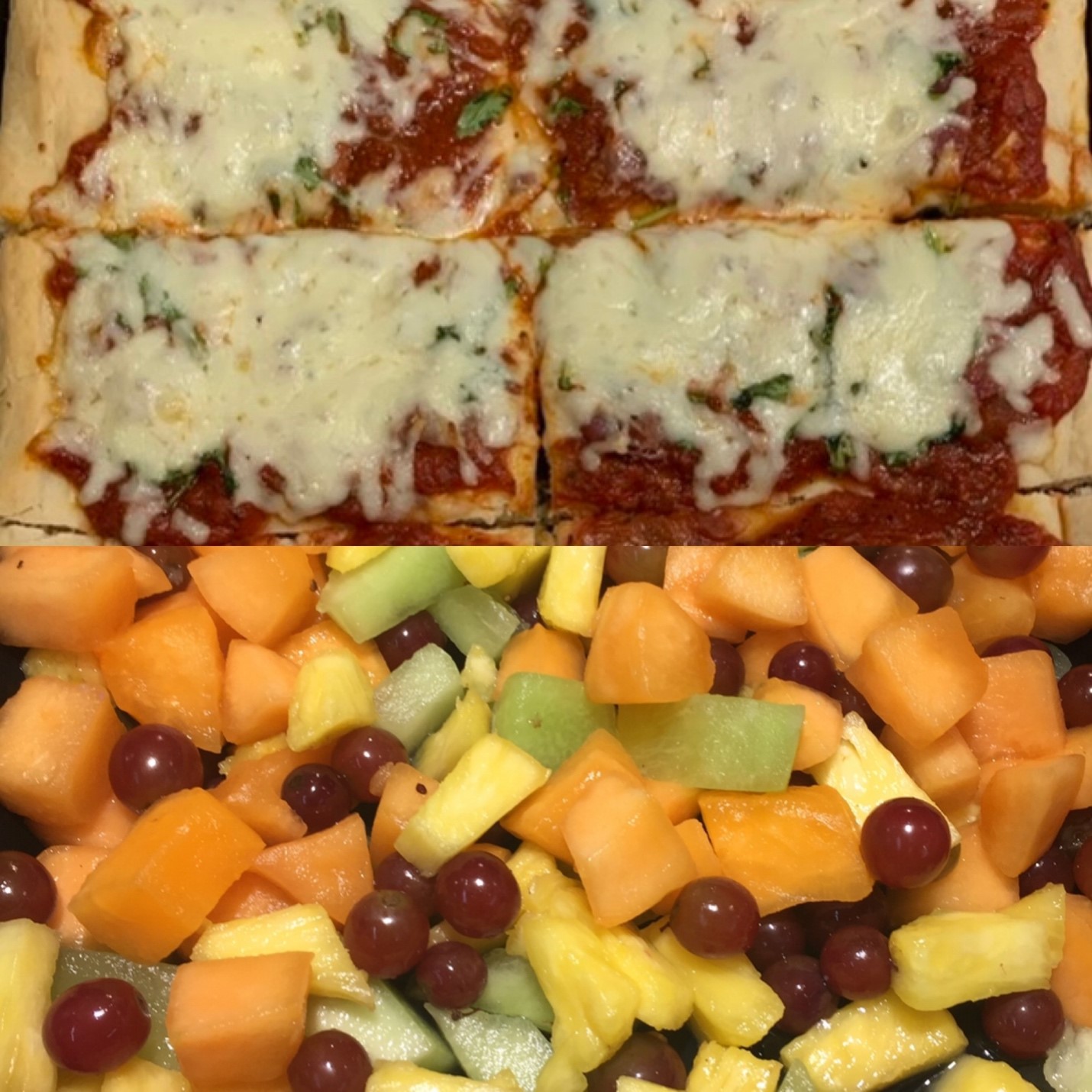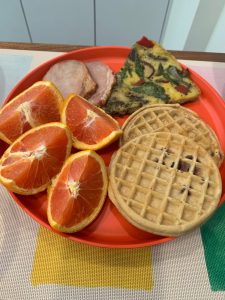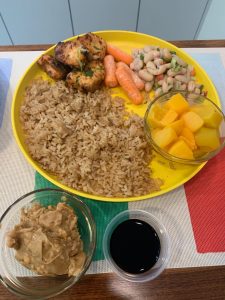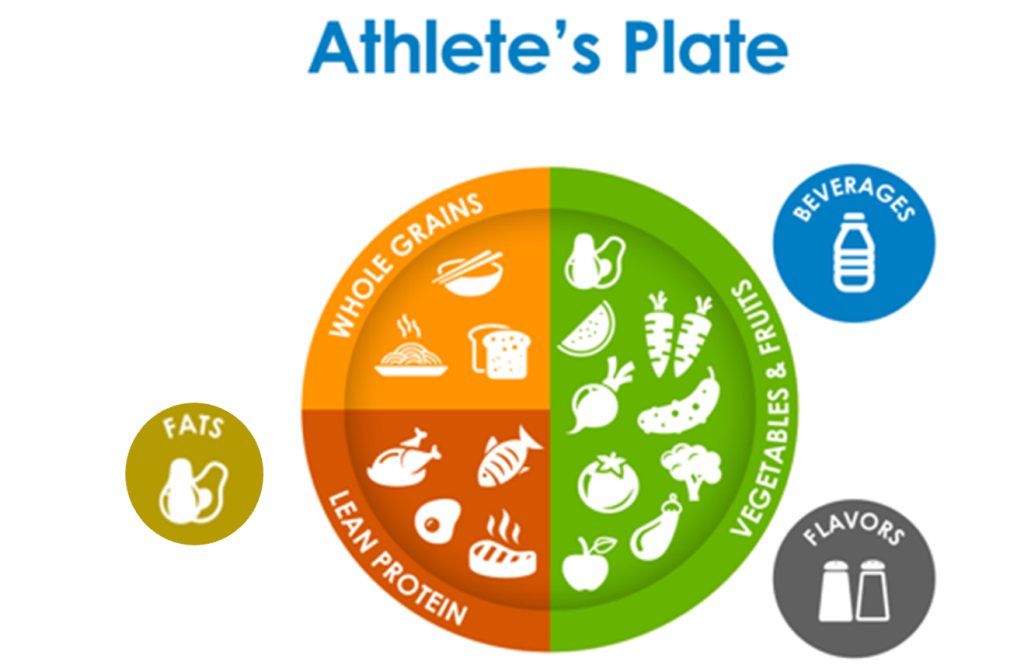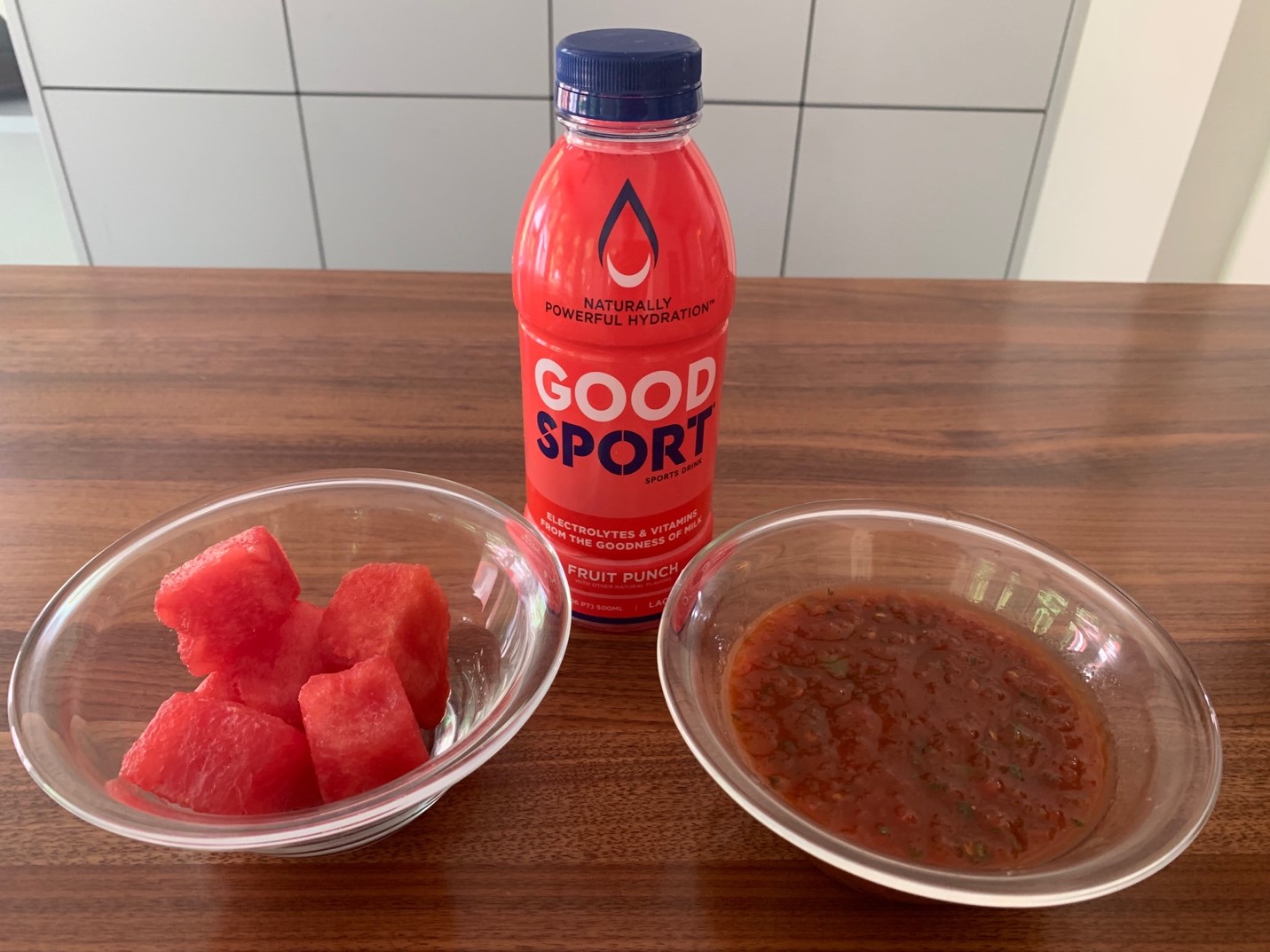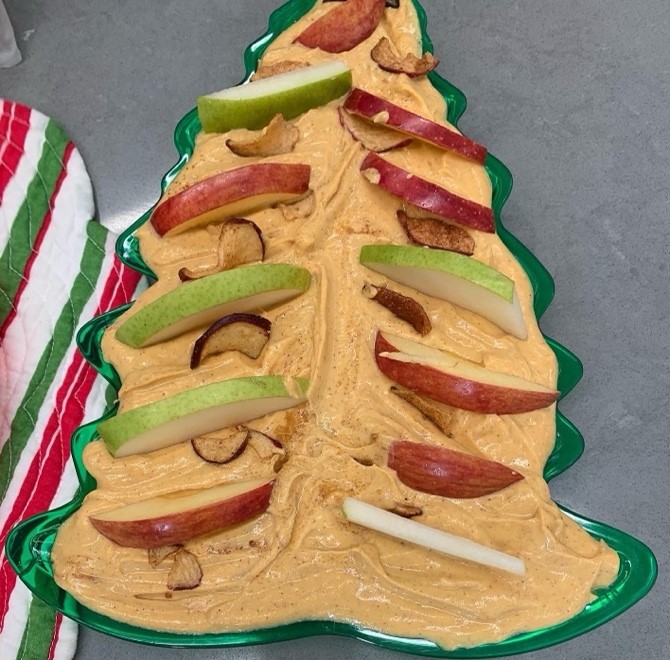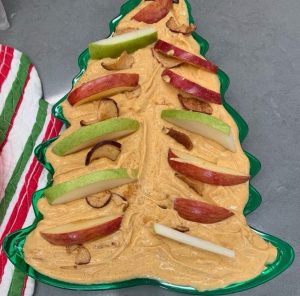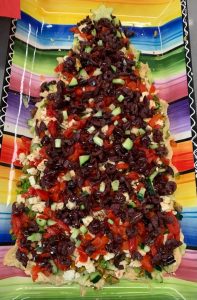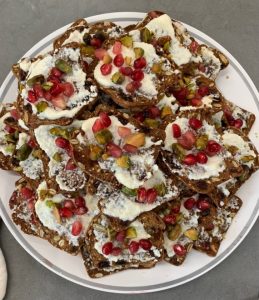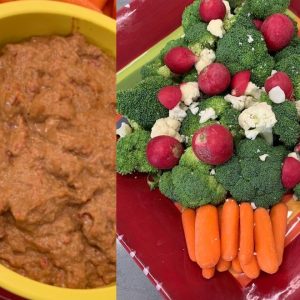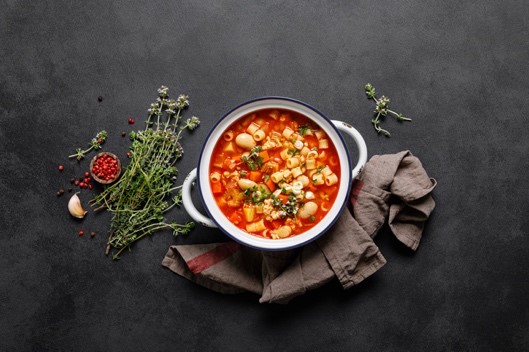As we march into springtime we see buds blooming, grass growing, leaves sprouting, less darkness and warmer temperatures. We may be spring cleaning our home, apartment, clearing the clutter, swapping out our wardrobe, but why not apply spring cleaning to our food choices as well. Time to plant the seed to #feedtheneed with the #wealthonourshelf.
Think lighten up and brighten up. Gray days give way to blue skies, chilly weather is replaced by warmth so our food choices can change seasons too. Just as we may discard extra clothing layers and simplify, going with brighter colors and lighter weight apparels, we can do a food wardrobe makeover as well.
Color up the plate with fruits and veggies
Orange carrots, citrus fruits, peaches/nectarines
Yellow mango, pineapple, banana, lemons, grapefruit
Green and dark green leafy vegetables, and asparagus, avocado, kiwi, broccoli, Bokchoy, celery, cabbage, peas, limes, pears, leeks
Purple beets
Red strawberries and tomatoes, apples
Blueberries
White- mushrooms, onions, parsnips, cauliflower, potatoes
Bring the crunch
Add chopped celery or carrots to a tuna or egg salad
Include raw broccoli/cauliflower as dippers
Slice a pear or apple into a salad
Make a raw grated beet, arugula and grapefruit or peach salad
Capitalize on the flavor
Onions added to a stir fry, dip or salad
Citrus fruit and zest mixed with greens and olive oil for a light, bright salad
Sweet/tart flavor of pineapple /mango mixed into a salsa or a stir fry
Add the dreamy and creamy
Avocado in a smoothie
Avocado to add the richness to a broccoli bisque
Avocado instead of cream to add a delightful mouthfeel to a spring pasta
Hip hip puree to pureed parsnips, potatoes, peas and leeks in a spring-focused soup
Try an old fav a new way
Liven up your salad with different greens such as red leaf lettuce and arugula
Add some tropical flavor to a smoothie with mangoes and pineapple
Try a pasta dish with peas, asparagus, Parmesan and lemon zest
Serve steamed and cooled marinated asparagus spears for a spring salad- I love a mustard, shallot vinaigrette
Produce brings the flavor, the fiber, the fluid, the vitamins and minerals and the plant nutrients to put some pep in your step, pizazz to your palate and health benefits in every bite. So bring the rainbow to the plate with produce in your glass, bowl or plate to make your eating plan great! #HaveaPlant


